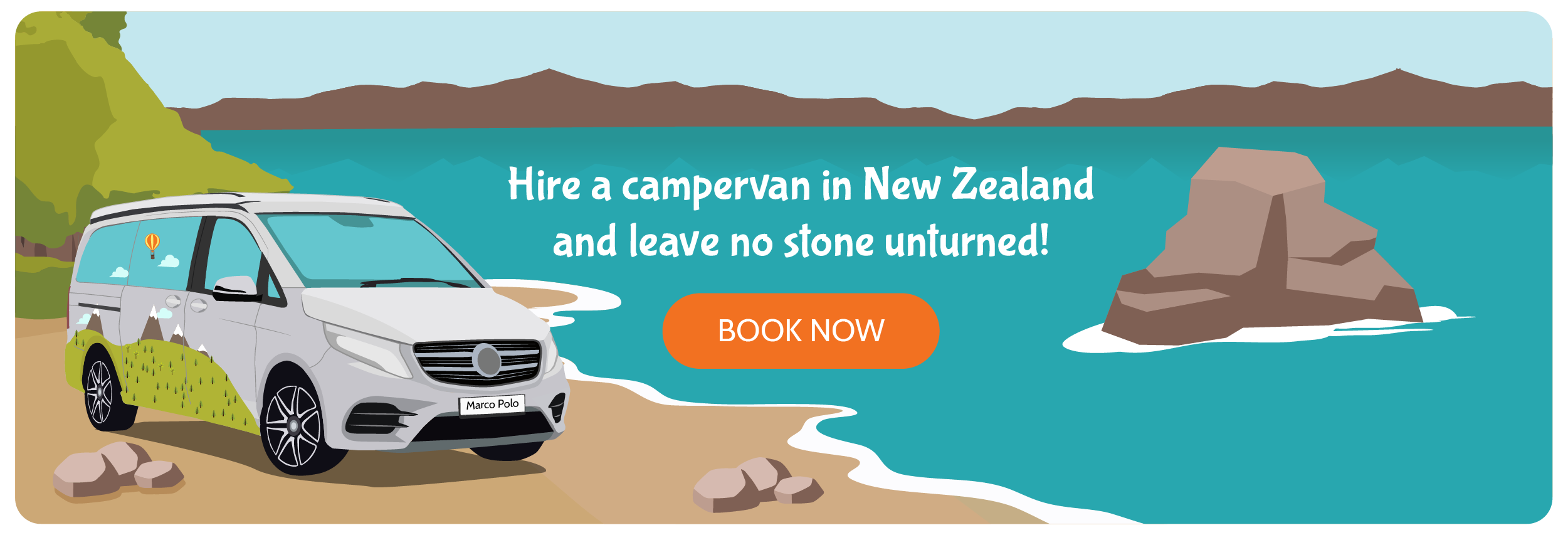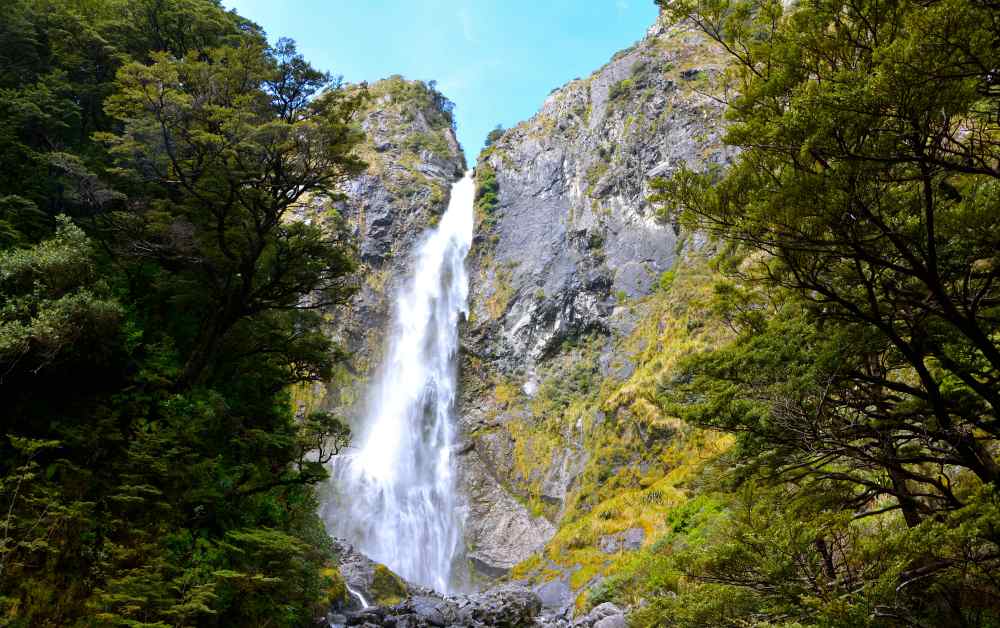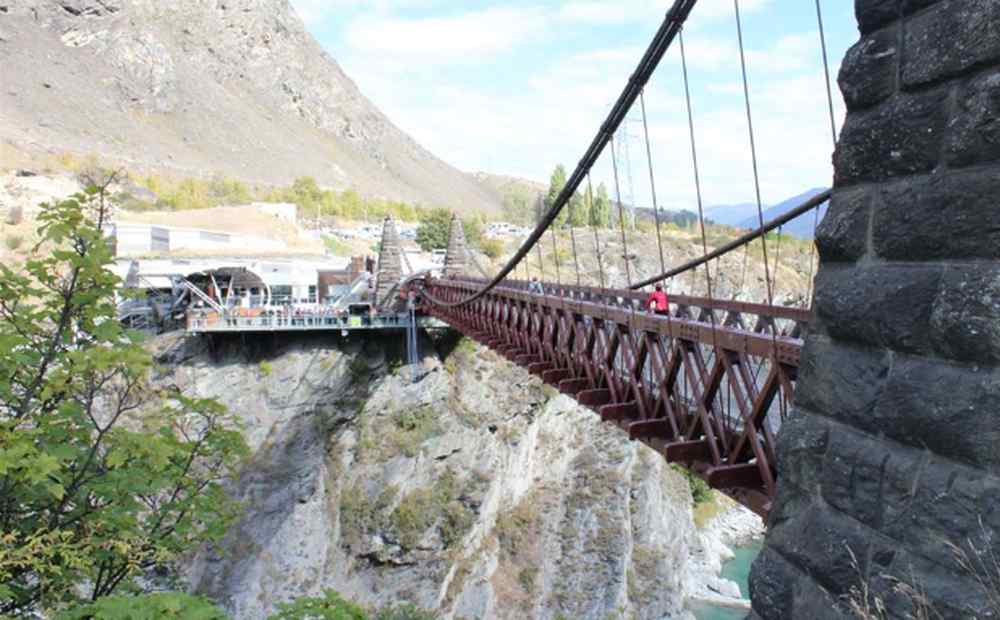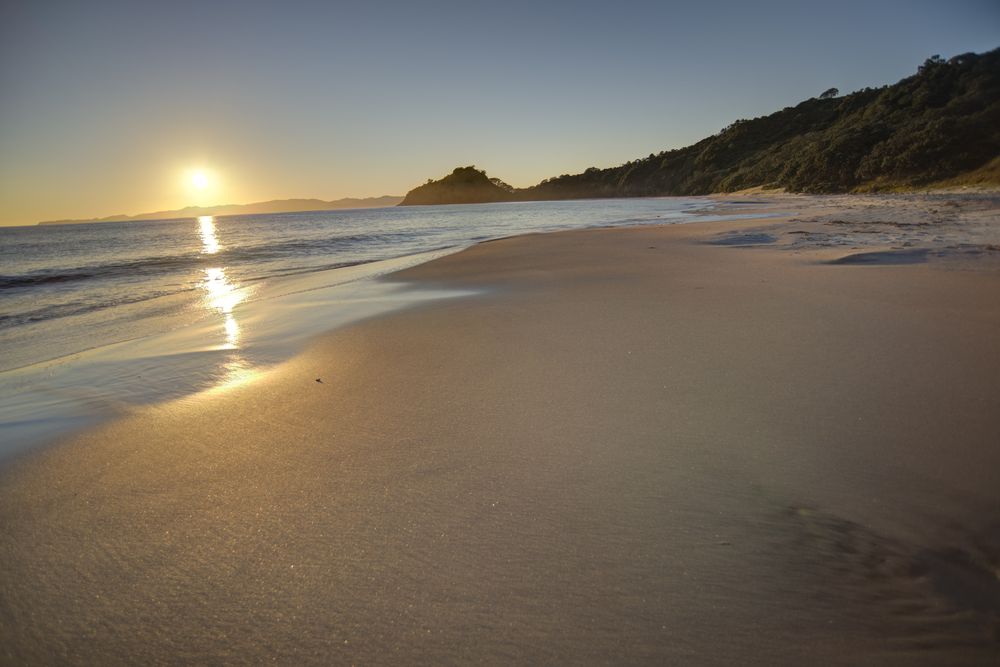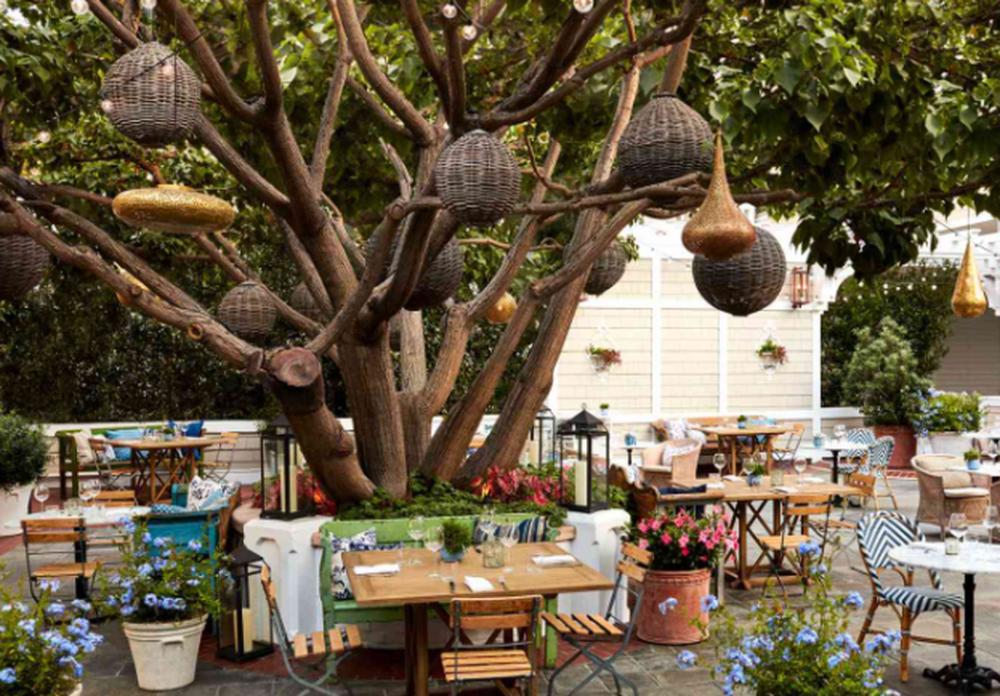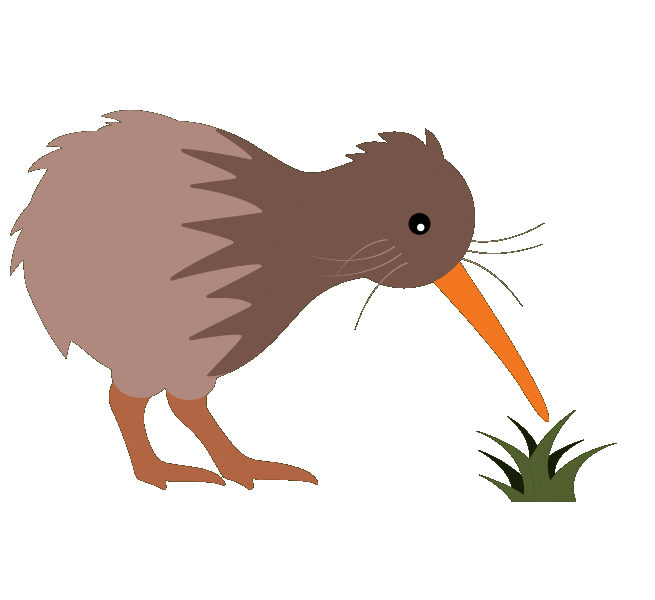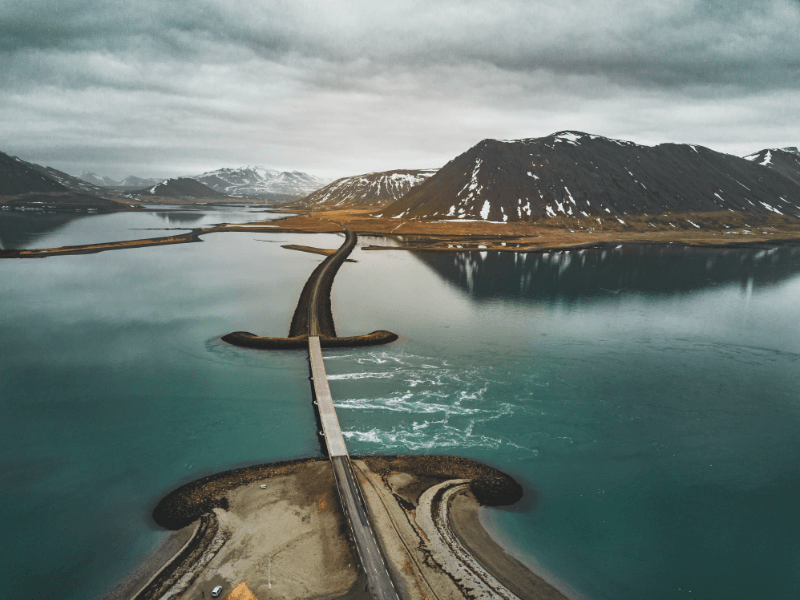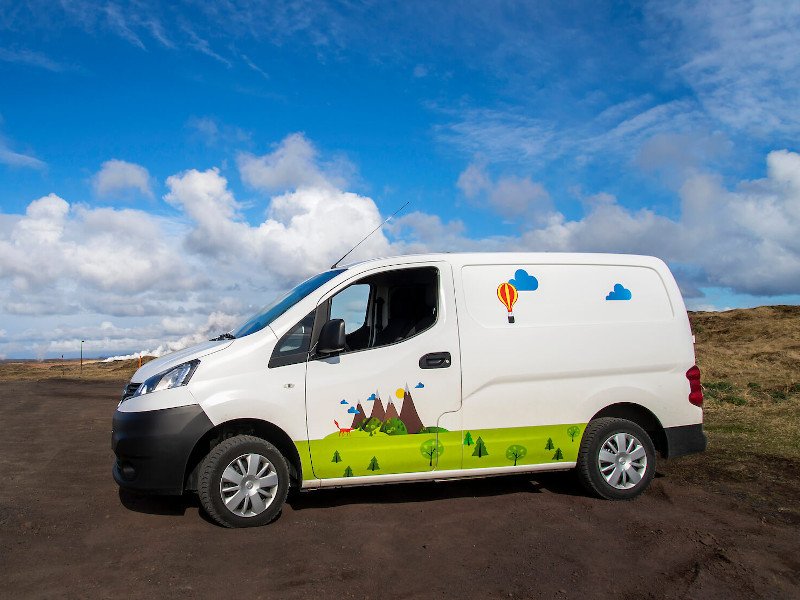New Zealand, with its breathtaking landscapes and diverse terrains, served as the perfect backdrop for the epic "Lord of the Rings" trilogy. From the lush meadows of the Shire to the ominous peaks surrounding Mordor, the country transformed into Middle-earth, bringing J.R.R. Tolkien's world to life.
There are many films filmed in New Zealand, but if there is one that made the country especially popular, it was the Lord of the Rings trilogy.
As we journey through these iconic filming locations, we'll discover the magic behind the scenes and the allure they hold for travelers today.
Where was Lord of the Rings filmed?
The Lord of the Rings series was exclusively shot in New Zealand, covering over 150 distinct sites across its North and South Islands.
The Lord of the Rings Locations in New Zealand
Hobbiton - The Shire
In the heart of Matamata, North Island, lies Hobbiton, a sprawling 12-acre set that perfectly captures the essence of Middle-earth. Every nook and cranny of this village tells a story. From the freshly baked bread on the windowsills to the tiny clothes hanging outside the hobbit holes, the attention to detail is astounding.
Bag End, with its iconic round door and "No Admittance Except on Party Business" sign, offers a panoramic view of the entire Shire. The Party Field, still scarred from Bilbo's eleventy-first birthday fireworks, is a testament to the village's rich history. And as the day ends, the Green Dragon Inn beckons with its warm lights, offering traditional Hobbit fare and specially brewed ales.

Rivendell - The Elven Sanctuary
Hidden within the lush forests of the Waitomo District, Rivendell is a testament to Elven architecture and their deep connection with nature. The intricate carvings, reflecting tales of old, and the shimmering waterfalls that surround the city, create an atmosphere of serenity.
It's in this tranquil setting that Frodo and the Fellowship find respite from their journey. The Last Homely House, home to Lord Elrond, stands tall, its libraries filled with ancient texts and maps, crucial to the Fellowship's quest.
-compressed.jpg)
Mount Doom - The Final Destination
Tongariro National Park's Mount Ngauruhoe, with its smoky plumes and molten lava, is the real-world counterpart of Mount Doom. The treacherous path leading to its summit, known as the Tongariro Alpine Crossing, is a challenging trek, offering panoramic views of the surrounding landscapes.
The Red Crater, with its sulfurous vents and steaming fumaroles, serves as a stark reminder of the volcano's power and the perilous journey Frodo and Sam undertook.
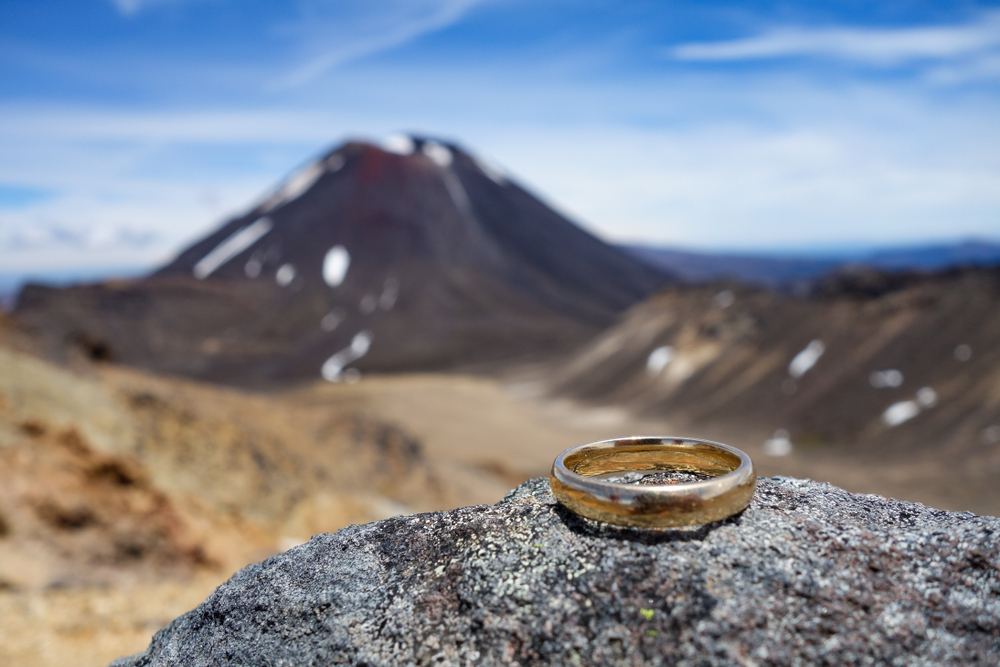
Mordor - The Land of Shadow
The desolation of Mordor is palpable in the volcanic landscapes around Mount Tongariro. The Black Gate, guarding the entrance to this forsaken land, stands tall, a symbol of Sauron's might.
The Plateau of Gorgoroth, with its vast ash plains and fiery chasms, is home to the Dark Lord's fortress, Barad-dûr, from where the Eye of Sauron watches over Middle-earth.

Lothlórien - The Golden Wood
Kaitoke Regional Park transforms into Lothlórien, the ethereal realm of the Elves. The Golden Mallorn trees, with their shimmering leaves, create a canopy of gold, filtering the sunlight and casting a warm glow throughout the forest.
The flets, high up in the trees, offer breathtaking views of the Silverlode River and the surrounding woods. Galadriel's Mirror, a basin of enchanted water, lies hidden, its waters showing glimpses of the past, present, and future.
-compressed.jpg)
Helm's Deep - The Fortress of Rohan
Carved into the living rock of the South Island's canyons, Helm's Deep is a marvel of Rohirrim engineering. The Hornburg, the fortress's main keep, stands tall, its walls echoing with tales of battles past. The Deeping Wall, once thought impregnable, bears the scars of the Uruk-hai's siege.
The Glittering Caves, hidden behind the fortress, shimmer with a thousand lights, their beauty contrasting with the chaos outside.
-compressed.jpg)
Pelennor Fields - The Great Battlefield
The vast plains of the Waikato Region served as the stage for one of Middle-earth's most epic battles. From Minas Tirith's white walls to Osgiliath's ruins, the land bears witness to the bravery of Men, Elves, and Dwarves.
The Rohirrim's charge, with the rising sun at their backs, is a sight to behold, turning the tide of the battle and offering hope to the Free Peoples of Middle-earth.
-compressed.jpg)
Minas Tirith - The White City
Perched on the foothills of the White Mountains, Minas Tirith, with its seven levels and towering citadel, is a marvel of Gondorian architecture. The Hall of Kings, with its marble floors and the Throne of Gondor, stands as a testament to the city's rich history. The White Tree of Gondor, though withered, is a symbol of hope and resilience.
-compressed.jpg)
Isengard and Orthanc
Nestled within the lush valleys of the South Island, Isengard was once a paradise. However, Saruman's treachery turned it into an industrial wasteland. At its heart stands the Tower of Orthanc, made of a material so strong that not even the Ents could break it. The tower's pinnacle offers panoramic views of the surrounding lands, from the Misty Mountains to the forests of Fangorn.
-compressed.jpg)
Orthanc - Saruman's Tower
Situated in the North Island's Isengard, the black stone tower of Orthanc stands tall and impregnable. Once a symbol of wisdom, it became Saruman's stronghold during his descent into treachery.
Within its walls, the palantír revealed visions of distant lands and the looming threat of Sauron. It was atop this tower that Gandalf was briefly imprisoned, marking a pivotal moment in the War of the Ring. Today, Orthanc remains a testament to the allure of power and the price of ambition in Middle-earth.
The Argonath - The Pillars of the Kings
Carved into the cliffs of the Waitomo District, the Argonath is a marvel of ancient Gondorian craftsmanship. These colossal statues, representing Isildur and Anárion, serve as both a boundary marker and a reminder of Gondor's former glory.
-compressed.jpg)
The Ford of Bruinen
The roaring waters of the Tongariro National Park's rivers served as the backdrop for the Ford of Bruinen, where Arwen summoned the river's wrath to fend off the Nazgûl.
The Prancing Pony and the forest
A short distance from The Ford of Bruinen, in the bustling town of Bree, lies The Prancing Pony. This inn, with its low ceilings and warm hearths, offers travelers a taste of the Westfarthing's finest ales and tales from distant lands.
-compressed.jpg)
Frequently Asked Questions about the lord of the ring filming locations in New Zealand
How can I get to the Lord of the Rings filming locations in New Zealand?
To reach the Lord of the Rings filming locations in New Zealand, you can fly into major cities like Auckland or Wellington. From there, you can rent a car or join guided tours that specifically cater to LOTR enthusiasts. Many of the locations are easily accessible by road, while some remote spots might require a bit of hiking.
What is the best time of year to visit the Lord of the Rings filming locations in New Zealand?
The best time to visit the Lord of the Rings filming locations in New Zealand is during the spring (September to November) or autumn (March to May). These seasons offer mild weather and fewer tourists, making it ideal for exploring the outdoor locations. However, if you're keen on seeing snow-capped mountains, winter (June to August) is the time to go.
How much does it cost to visit the Lord of the Rings filming locations in New Zealand?
The cost to visit the Lord of the Rings filming locations varies. Some locations, like Mount Sunday (Edoras), are free to visit. However, guided tours, such as the one to the Hobbiton Movie Set, can range from NZD 80 to NZD 200 per person, depending on the duration and inclusions of the tour.
Can you go to Hobbiton without a tour?
Visiting Hobbiton is exclusively possible through a guided walking tour to ensure a comprehensive experience.
What are the best tours to take to the Lord of the Rings filming locations in New Zealand?
For those looking to immerse themselves in the cinematic world of Middle-earth, several tours stand out. The Hobbiton Movie Set Tours offer an in-depth exploration of the Shire, showcasing the iconic hobbit holes. Meanwhile, Wellington Rover Tours provide a full-day experience, highlighting multiple filming spots around Wellington.
If you're venturing to Queenstown, Nomad Safaris is a top choice, guiding visitors to memorable sites like the Ford of Bruinen and the Pillars of the Kings. For a more extensive journey, Red Carpet Tours offers a comprehensive 14-day adventure, encompassing the major filming locations across both the North and South Islands.
What are some tips for visiting the Lord of the Rings filming locations in New Zealand?
When embarking on a Middle-earth adventure, preparation is key. It's essential to plan ahead, as some filming locations are situated on private properties, necessitating either permissions or guided tours for access. Given that many of these cinematic spots involve traversing New Zealand's diverse terrains, wearing comfortable shoes is a must.
As you explore, remember to respect the pristine environment by adhering to the Leave No Trace principles, ensuring that the breathtaking landscapes remain undisturbed for future visitors. Given the country's varied climate, especially in mountainous regions, regularly checking weather forecasts is advisable. And while many of the Lord of the Rings locations have become renowned tourist attractions, carrying a map can be invaluable in locating some of the more hidden gems.

Conclusion
New Zealand's diverse landscapes provided the perfect canvas for the "Lord of the Rings" trilogy, turning the country into a pilgrimage for fans. From the peaceful pastures of the Shire to the daunting terrains of Mordor, each location offers a unique experience.
For those planning a Middle-earth adventure, consider renting a campervan from campervannewzealand.co.nz to journey through these iconic sites at your own pace. Dive deep into Tolkien's world, relive the movies, and create your own epic tales in the heart of Middle-earth.

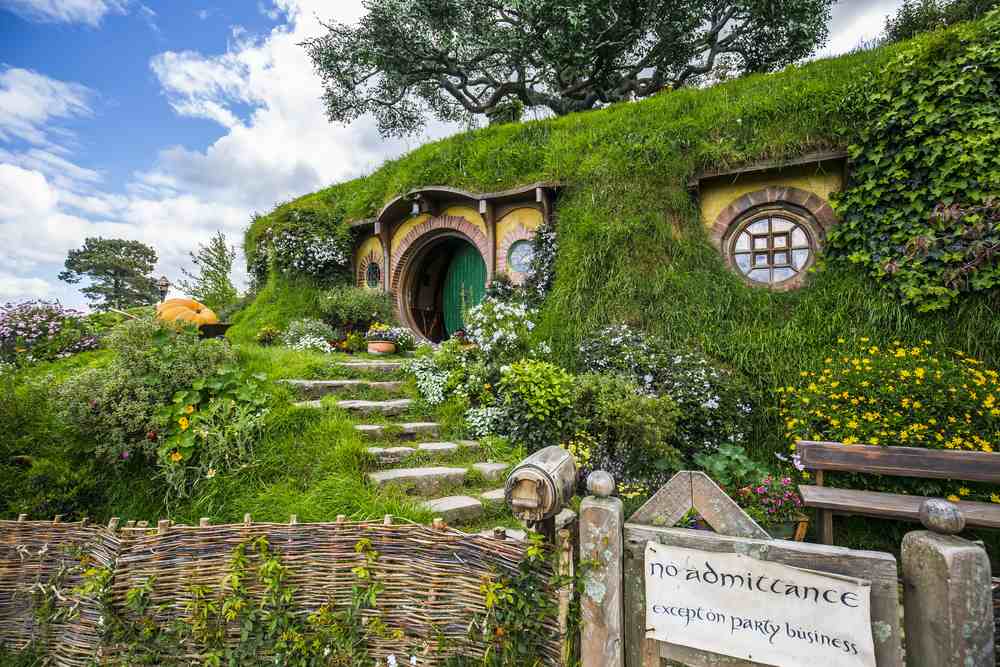
 By
By


